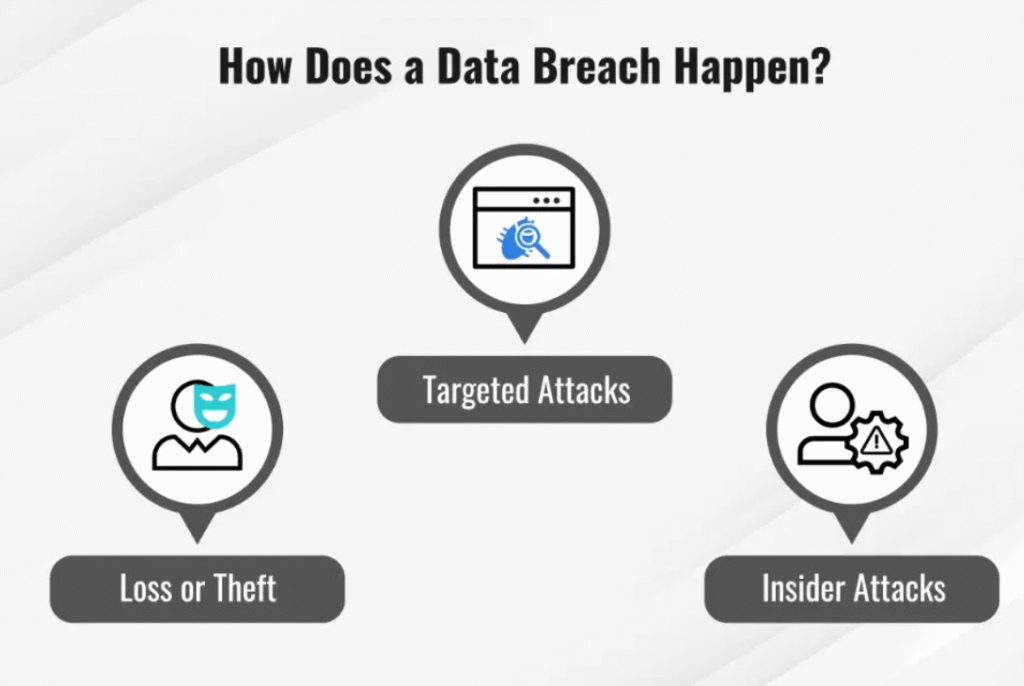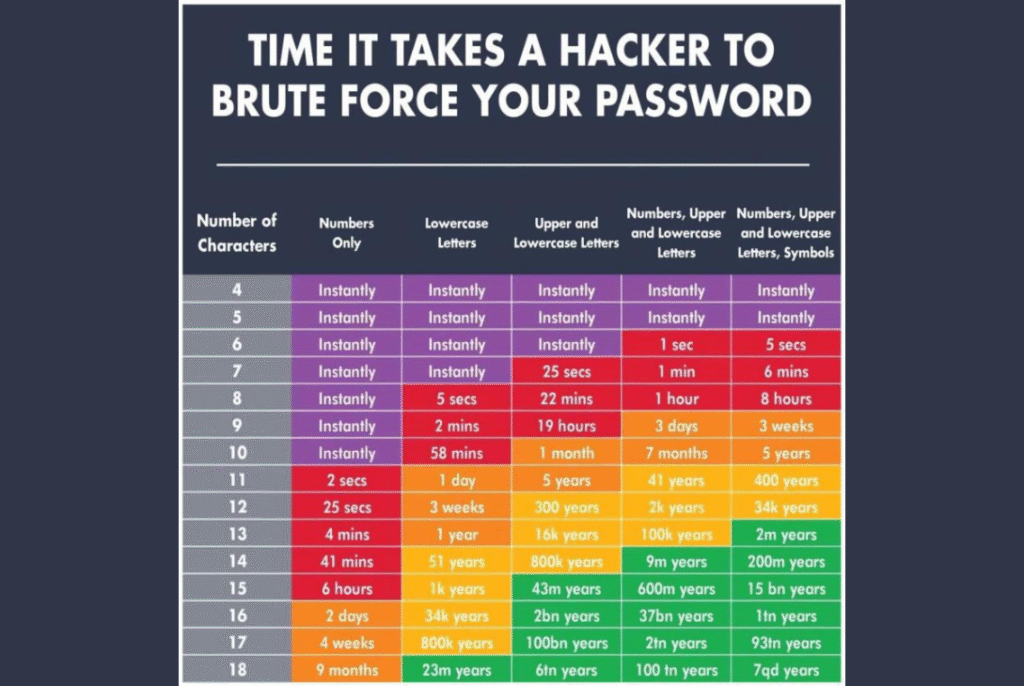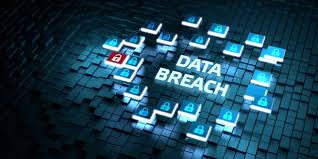In the age of cyberattacks and increasing digital threats, your Password is the first and often only line of defense between your personal data and a hacker. Every year, millions of passwords are leaked through Data Breaches, giving cybercriminals access to social media accounts, emails, bank accounts and more. What’s alarming is that many people are still using weak, common and easily guessable passwords—despite repeated warnings.
If you’ve ever used a password like “123456” or “password”, you’re not alone—but you are at serious risk. In this blog, we’ll reveal the Top 10 worst passwords recently leaked in major data breaches, how they can impact your security and what you should do to stay protected.
🔓 What Is a Data Breach?
A data breach occurs when hackers gain unauthorized access to sensitive or confidential information. This can include usernames, passwords, credit card details, email addresses and more. Breaches can happen through phishing attacks, malware, poor security protocols or even insider leaks.
Once a breach occurs, passwords are often sold on the dark web or used in what’s known as credential stuffing attacks—where attackers try the stolen credentials on multiple platforms to hijack user accounts.

🔥 Why Weak Passwords Still Dominate the Internet
Despite the awareness around cybersecurity, studies show that users still prefer short, simple passwords that are easy to remember—but unfortunately, also easy to crack. Tools like password brute-force scripts and dictionary attacks can guess weak passwords in seconds. Once leaked in a breach, these passwords become part of massive leaked databases used by hackers globally.
🛑 Top 10 Worst Passwords Leaked in Recent Data Breaches
Here are the ten most commonly leaked and dangerous passwords found in 2024–2025 data breaches:
1. 123456
Still reigning as the most common password, this one is a hacker’s dream. It can be cracked instantly using basic tools.
2. password
The word “password” as your actual password? It’s shockingly common—and incredibly insecure.
3. 123456789
Adding more numbers doesn’t make it safe. Long sequences like these are among the first tried in brute-force attacks.
4. qwerty
It’s just the first six letters on the top row of your keyboard. Convenient to type but just as easy to hack.
5. 111111
Repeated digits are very predictable and highly vulnerable to credential stuffing attacks.
6. 12345678
Even though it’s eight characters long, it’s still incredibly weak due to its predictable nature.
7. abc123
A mix of letters and numbers might seem better but simple patterns like these are easily guessed.
8. password1
Adding a “1” to the end of “password” does not increase security. It’s still widely used and cracked quickly.
9. 123123
Another variation of a number pattern. Common and highly unsafe.
10. admin
Frequently used as a default password in routers and admin panels, making it a frequent target.
📊 Real-World Data Breaches Where These Passwords Were Found
These passwords have been found in millions of leaked credentials from major data breaches affecting platforms like:
Facebook (over 500 million accounts leaked)
LinkedIn (700 million+ accounts compromised)
MyFitnessPal, Canva, Twitter and even government portals
Online betting and gaming platforms where users often use simple passwords for fast access
If your password matches one of the ten above, there’s a high chance it’s already floating somewhere in a hacker’s toolkit.

🧠 Why Reusing Passwords is Dangerous
Many users tend to reuse the same weak password across multiple platforms. This means that a single breach on a less secure site can expose your entire digital identity. With automated tools, hackers can quickly test your leaked password across:
Email accounts
Social media
Online banking
eCommerce logins
Online betting IDs
If you’re using an online betting ID or managing sensitive personal data, password security should be your top priority.
✅ How to Protect Yourself After a Breach
Here’s what you can do to secure your accounts:
1. Check If Your Password Was Leaked
Use tools like HaveIBeenPwned.com to check if your email or password has been part of a data breach.
2. Use Strong, Unique Passwords
A strong password should have:
At least 12 characters
A mix of uppercase, lowercase, numbers and symbols
No real words or personal info
Example: T#v9q*WzL@2!
3. Use a Password Manager
Tools like 1Password, Bitwarden, or LastPass can generate and store complex passwords, so you don’t have to remember them.
4. Enable Multi-Factor Authentication (MFA)
Even if your password gets leaked, MFA acts as a second line of defense. Always enable it where available.
5. Update Passwords Regularly
Change your passwords every 3–6 months, especially for sensitive accounts.

🛡️ Final Thoughts
If you’re still using one of the top 10 worst passwords—or any variation of them—stop now. In today’s digital world, where data breaches are more common than ever, password security is not optional. It’s essential.
Think of your password as the key to your digital life. Would you use a flimsy key for your home? Then don’t do it online either.
Whether you’re protecting your email, online banking or even your online betting ID, always use strong, unique passwords and stay informed about recent data breaches.
Your online security starts with a good password. Don’t make it easy for cybercriminals.




